In the vast world of migratory birds, one species stands apart for its extraordinary endurance and navigation skills. The bar-tailed godwit (Limosa lapponica) makes the longest known non-stop flight of any bird, traveling from Alaska to New Zealand without a single break for food, water, or rest. This incredible 7,000-mile (11,000-kilometer) journey takes approximately nine days of continuous flying, pushing the boundaries of what scientists once thought possible for avian physiology. This remarkable feat of nature represents one of the most impressive migrations in the animal kingdom and continues to fascinate ornithologists and nature enthusiasts worldwide.
The Bar-tailed Godwit: An Introduction to This Marathon Flyer

The bar-tailed godwit is a large wading bird belonging to the Scolopacidae family, characterized by its long upturned bill and distinctive barred tail that gives the species its name. With a length of 14-16 inches (37-41 cm) and wingspan reaching up to 30 inches (76 cm), these birds have a streamlined body perfectly adapted for long-distance flight. Their plumage shifts dramatically between seasons, with breeding males displaying a rich reddish-brown chest and belly, while non-breeding adults adopt a more subdued gray-brown coloration. Despite their remarkable migratory capabilities, these birds maintain a relatively modest appearance that belies their status as one of nature’s most exceptional aviators.
The E7 Story: The Godwit That Made History
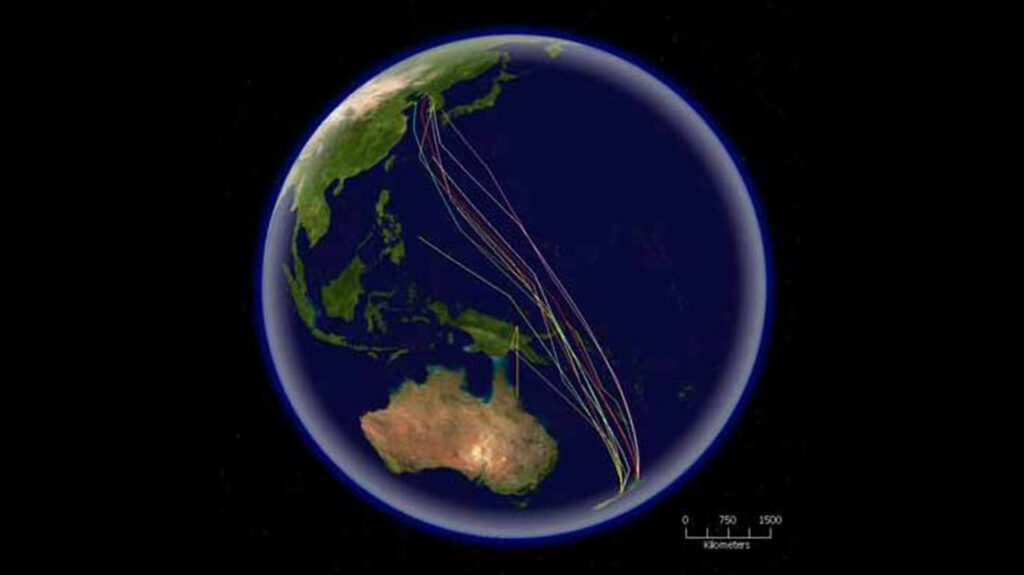
The world first learned about the godwits’ extraordinary migration in 2007 when researchers tracked a female bar-tailed godwit known as “E7” (named for her leg band identification). Fitted with a small satellite transmitter, E7 flew non-stop from Alaska to New Zealand, covering approximately 7,258 miles (11,680 kilometers) in just over eight days. This groundbreaking discovery shattered previous records and transformed our understanding of avian migration capabilities. E7’s journey represented the longest continuous bird flight ever documented at that time, and her story quickly captured international attention from both scientific communities and the general public. This single bird’s remarkable journey helped establish the bar-tailed godwit as the undisputed champion of long-distance, non-stop flight in the avian world.
The Migration Route: From Arctic to Antarctic Realms
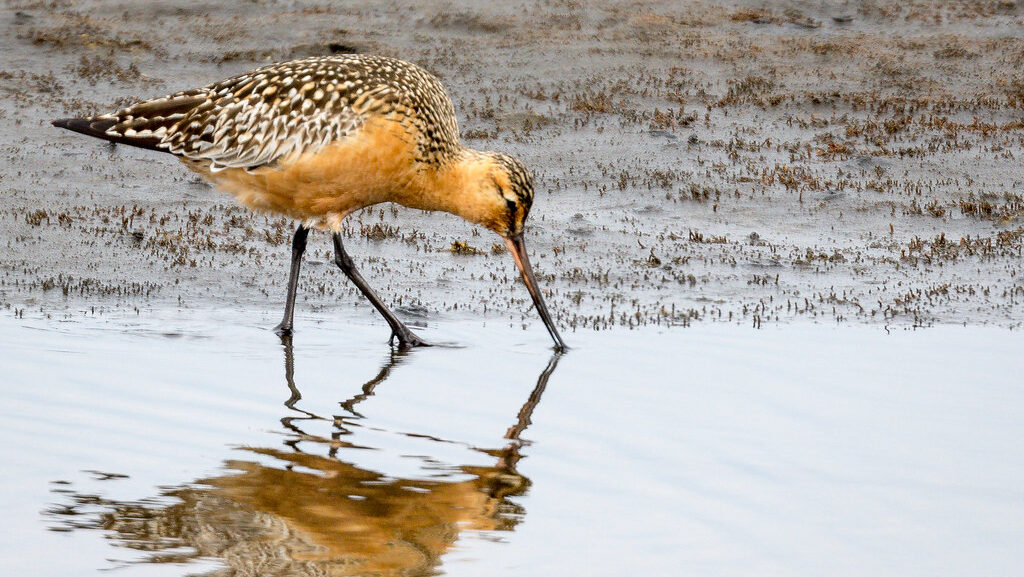
The bar-tailed godwit’s migration path takes them from breeding grounds in Alaska to wintering habitats in New Zealand and eastern Australia, essentially traveling from near the Arctic Circle to the edge of the Antarctic realm. Most godwits begin their southward journey in late August or early September, departing from the Yukon-Kuskokwim Delta in western Alaska. Rather than following coastlines or island-hopping across the Pacific, these birds take the direct oceanic route, flying continuously over the open Pacific without any landmass to serve as a potential stopover. Their return journey in March typically includes a stopover in the Yellow Sea region of China and Korea, making their southward non-stop flight even more remarkable by comparison. This incredible migration connects ecosystems across the hemispheres and represents one of the most ambitious regular journeys undertaken by any animal species.
Physiological Adaptations: Built for Extreme Endurance
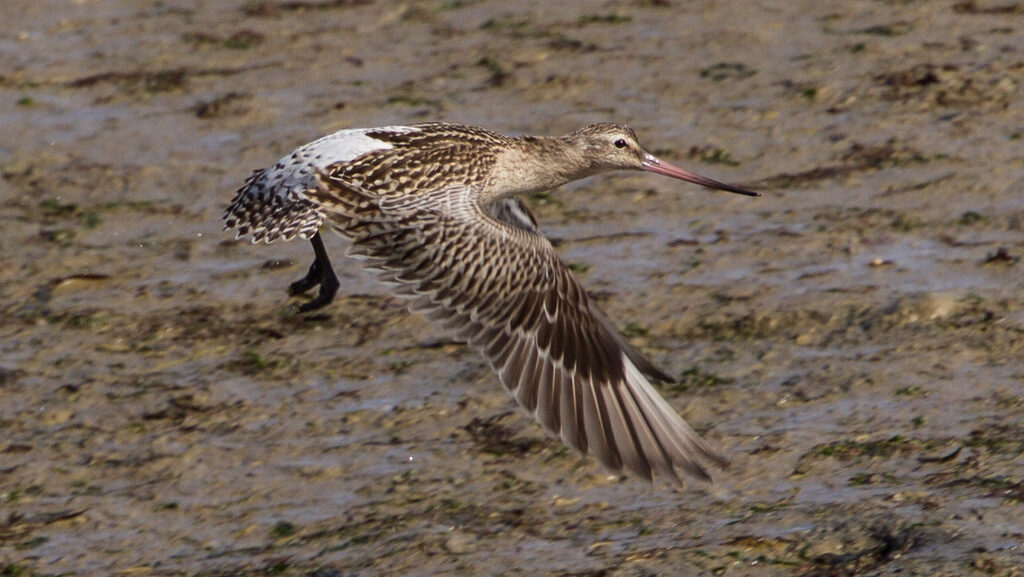
The bar-tailed godwit possesses remarkable physiological adaptations that enable its marathon migration. Before departure, these birds undergo hyperphagia—a period of excessive eating that nearly doubles their body weight, with fat comprising up to 55% of their pre-migration mass. Scientists have discovered that godwits can shrink their internal organs temporarily, reducing unnecessary weight while maintaining critical flight muscles at peak efficiency. Their metabolic efficiency during flight far exceeds what would be expected for birds their size, allowing them to burn stored fat at an optimal rate to fuel their journey. Additionally, researchers believe these birds may have the ability to sleep with one brain hemisphere at a time while maintaining flight, similar to dolphins and some other migratory birds, though this specific adaptation remains under investigation in godwits.
Navigation Skills: Finding New Zealand Without a Map

The navigational prowess displayed by bar-tailed godwits during their transoceanic migration represents one of the most sophisticated orientation systems in the animal kingdom. These birds likely employ a combination of celestial cues, sensing the Earth’s magnetic field, and possibly even using olfactory information to maintain their precise course across thousands of miles of featureless ocean. Young godwits making their first migration have no experienced birds to follow, suggesting that much of their navigational ability is innate rather than learned. Research indicates that these birds can adjust their flight path in response to wind conditions and weather patterns, displaying a remarkable adaptive intelligence during their journey. The precision with which they reach their destination after flying non-stop for over a week across the Pacific Ocean remains one of the most impressive feats of natural navigation ever documented.
Record-Breaking Updates: New Distance Milestones
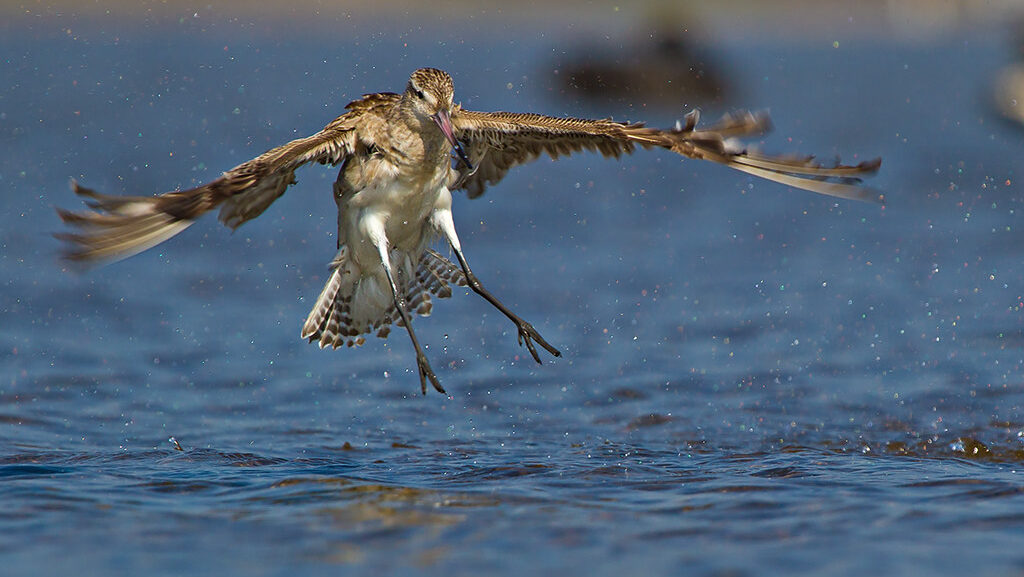
Since E7’s famous flight, researchers have continued documenting even more impressive godwit journeys. In 2020, scientists tracked a male bar-tailed godwit that flew 7,987 miles (12,854 kilometers) non-stop from Alaska to New Zealand, setting a new world record for avian flight distance. The following year, a juvenile godwit broke that record with an 8,100-mile (13,560-kilometer) continuous flight, suggesting that even these established records might underestimate the species’ true capabilities. These updated tracking results demonstrate that the bar-tailed godwit continues to push the boundaries of what researchers thought biologically possible for sustained flight in birds. Each new tracking study reveals variations in route and distance, indicating that individual birds may optimize their flight paths based on weather conditions and other environmental factors during each migration season.
The Annual Preparation: Fattening Up for the Journey
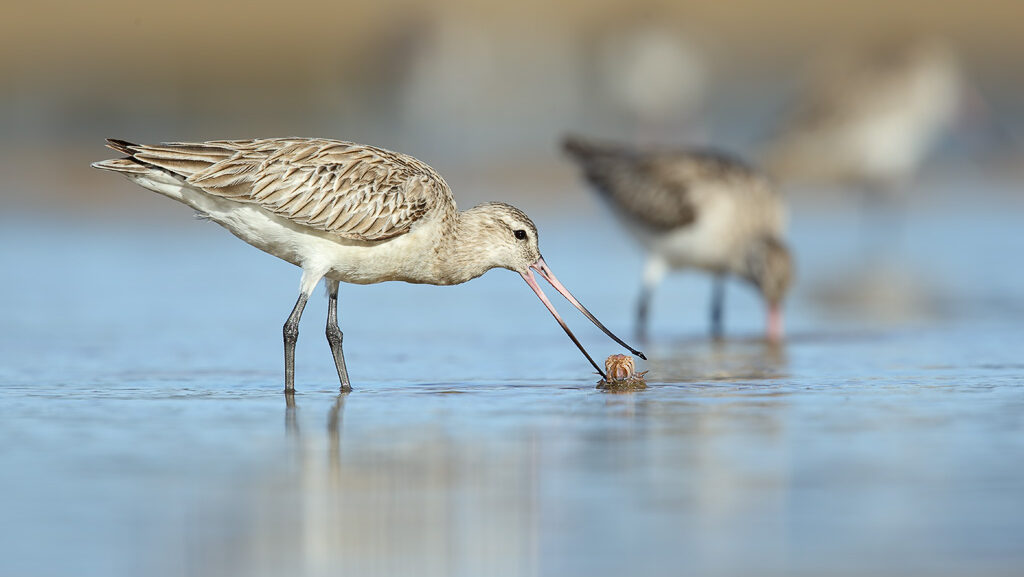
The pre-migration preparation undertaken by bar-tailed godwits is nearly as impressive as the flight itself. During the weeks before departure, these birds enter an intensive feeding phase on the nutrient-rich mudflats of Alaska’s Yukon-Kuskokwim Delta. Their specialized diet focuses on marine worms, small mollusks, and crustaceans that provide the optimal nutritional profile for building fat reserves. Studies show that godwits can increase their food intake by over 200% during this preparation phase while simultaneously undergoing physiological changes that enhance fat storage efficiency. Their bodies also begin producing higher levels of certain proteins that facilitate the rapid breakdown of fat during extended flight. This comprehensive preparation represents a remarkable example of behavioral and physiological adaptation working in concert to enable an extreme endurance challenge.
Weather Challenges: Flying Through Pacific Storms
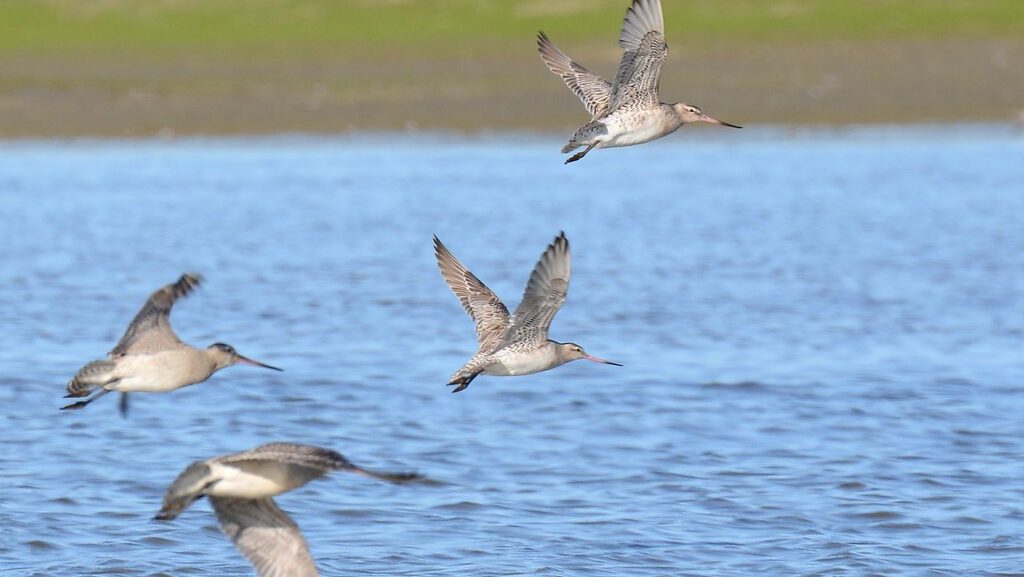
During their nine-day journey across the Pacific, bar-tailed godwits face numerous weather-related challenges that would ground even the most sophisticated aircraft. These birds must navigate through changing wind patterns, potential tropical storms, and varying atmospheric conditions while maintaining their southward trajectory. Research tracking godwits during migration has shown that they can climb to altitudes exceeding 20,000 feet (6,000 meters) to take advantage of favorable winds or avoid adverse weather systems. Their ability to predict and respond to weather patterns remains incompletely understood, though scientists suspect these birds can detect subtle changes in barometric pressure and air currents that help them optimize their flight path. Despite these adaptive capabilities, severe weather events along their migration route can prove fatal, highlighting the inherent risks of their remarkable journey.
Conservation Concerns: Threats to the Marathon Migrants

Despite their impressive migratory abilities, bar-tailed godwits face numerous conservation challenges that threaten their populations. Coastal development and wetland reclamation in their critical stopover habitats, particularly in the Yellow Sea region of East Asia, have reduced available feeding areas by over 65% in recent decades. Climate change poses additional threats by altering the timing of food availability in breeding grounds and affecting wind patterns across their migration route. Currently listed as “Near Threatened” on the IUCN Red List, some subspecies of bar-tailed godwits have experienced population declines exceeding 30% in the past three decades. International conservation efforts have been established through agreements like the East Asian-Australasian Flyway Partnership, which works to protect habitat along the godwits’ entire migratory route, though significant challenges remain in preserving this remarkable species.
Cultural Significance: The Kuaka in Māori Tradition

In New Zealand, the bar-tailed godwit (known as kuaka in the Māori language) holds significant cultural importance for indigenous Māori people. Traditional knowledge recognized the godwits’ annual arrival as a seasonal marker long before Western science documented their extraordinary migration. Māori proverbs and sayings reference the kuaka’s reliable return, including the phrase “Kua kite te kohanga kuaka?” (Have you seen the nesting place of the godwit?), which refers to something that remains mysterious or undiscovered, as Māori observers historically never witnessed the birds’ breeding grounds. The godwits feature prominently in traditional stories that celebrate their connection to distant northern lands and their status as travelers between worlds. This cultural significance has strengthened conservation efforts in New Zealand, where local communities actively participate in habitat protection and monitoring programs for these remarkable birds.
Scientific Research Methods: Tracking the Untraceable
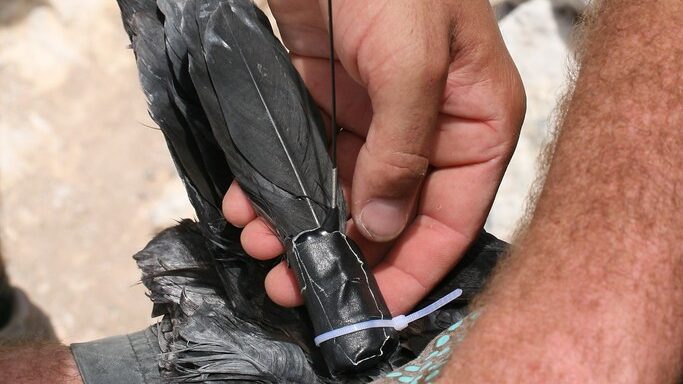
The discovery of the bar-tailed godwit’s non-stop migration represents a triumph of modern wildlife tracking technology. Early research relied on traditional bird banding, which provided limited insights as these birds couldn’t be observed during their oceanic crossing. The breakthrough came with the development of miniaturized satellite transmitters and later, lightweight geolocators that could be attached to the birds without impeding their flight capabilities. Modern tracking devices weighing less than 5 grams can now record altitude, speed, body position, and even heart rate, transmitting this data to satellites that allow researchers to follow individual birds in near-real time. These technological advances have transformed our understanding of the physiological and behavioral aspects of extreme bird migration. Ongoing research continues to refine tracking methodologies while seeking to minimize any impact on the birds’ natural behavior and migration success.
Evolutionary Perspective: Why Evolve Such an Extreme Migration?

The evolution of the bar-tailed godwit’s extreme migration strategy presents a fascinating evolutionary puzzle. Scientists believe this remarkable adaptation developed gradually over thousands of years in response to shifting ecological conditions and selective pressures. The benefits of breeding in the productive Arctic summer while wintering in the resource-rich southern hemisphere created a powerful incentive for developing long-distance migration capabilities. Evolutionary biologists suggest that the non-stop strategy may have evolved to minimize exposure to parasites and predators that would be encountered during stopovers, while also reducing the total energy expenditure compared to multiple shorter flights. Genetic studies indicate that physiological adaptations for extreme endurance flight have been strongly selected for in godwit populations, with specific gene variants related to fat metabolism and muscle efficiency becoming fixed in the species. This extraordinary migration represents a dramatic example of how natural selection can drive the evolution of seemingly impossible biological capabilities.
Citizen Science: How Bird Watchers Help Track Godwits

The monitoring of bar-tailed godwit populations and migrations has been significantly enhanced by the contributions of citizen scientists and bird watchers. Organized networks of volunteers in both New Zealand and Alaska participate in annual counts and observations that help track population trends and arrival/departure dates across decades. Many godwits are fitted with colored leg bands that can be identified from a distance, allowing amateur observers to report individual bird sightings through online databases that compile this information for researchers. Citizen science projects specifically focused on godwits have documented important information about site fidelity, with many birds returning to precisely the same beaches year after year. These collaborative efforts between professional scientists and dedicated amateur observers have created one of the most comprehensive long-term monitoring systems for any migratory bird species, providing crucial data for conservation planning and scientific research.
Conclusion: A Testament to Nature’s Extremes
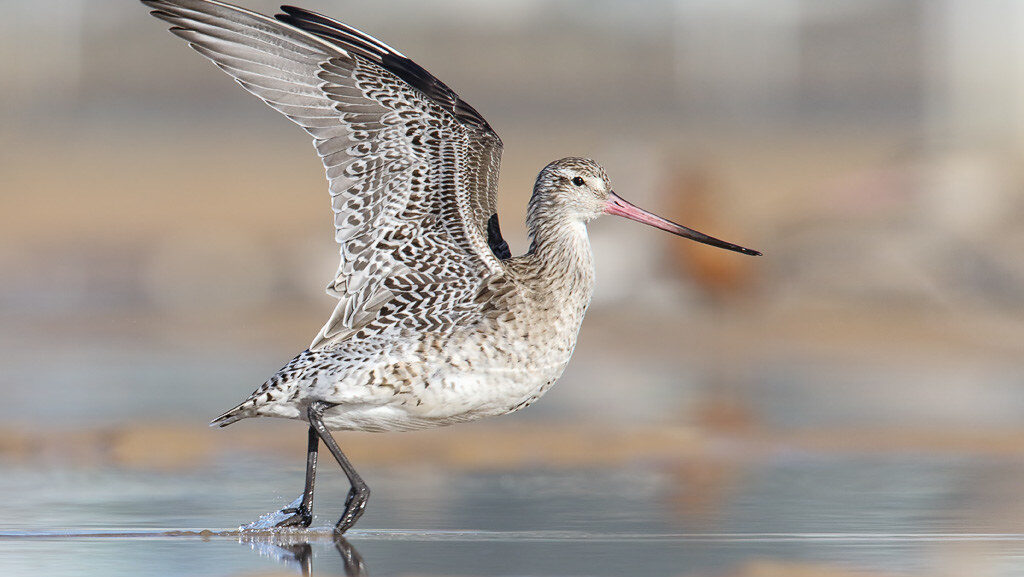
The bar-tailed godwit’s extraordinary migration between Alaska and New Zealand stands as one of nature’s most remarkable achievements. These unassuming shorebirds have evolved physiological capabilities that push the boundaries of avian biology, navigational skills that remain partially mysterious to science, and behavioral adaptations that enable them to complete what was once thought biologically impossible. As climate change and habitat loss increasingly threaten migratory species worldwide, the godwit’s journey takes on additional significance as a symbol of natural resilience and adaptation. Understanding and preserving this remarkable migration requires international cooperation, continued scientific research, and public appreciation for one of our planet’s most extreme natural phenomena. The bar-tailed godwit reminds us that even in our age of technological achievement, nature still performs feats that inspire wonder and challenge our understanding of biological possibilities.
